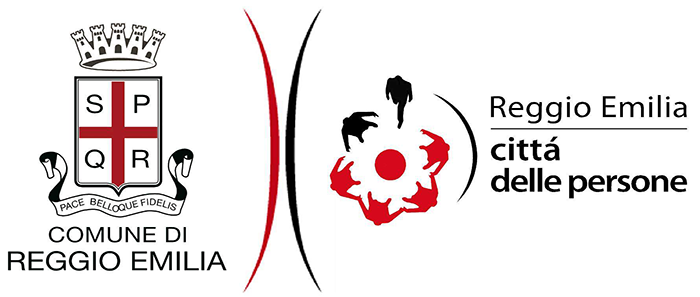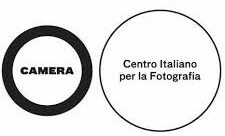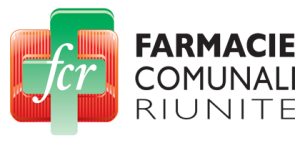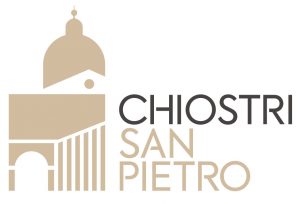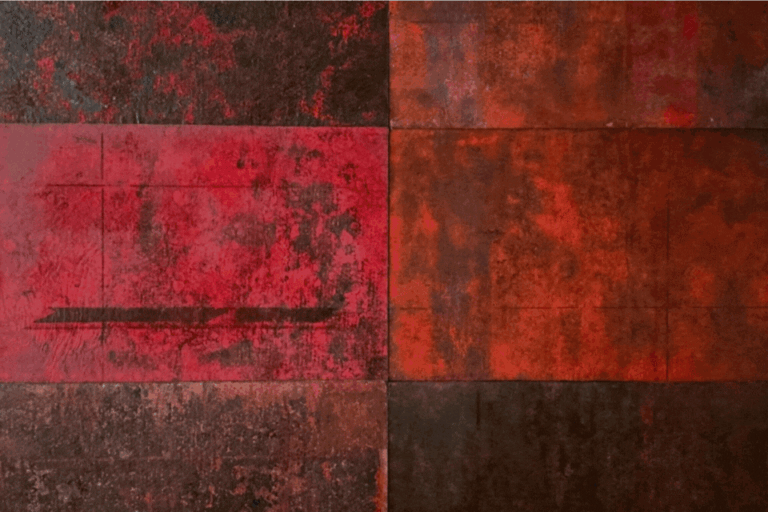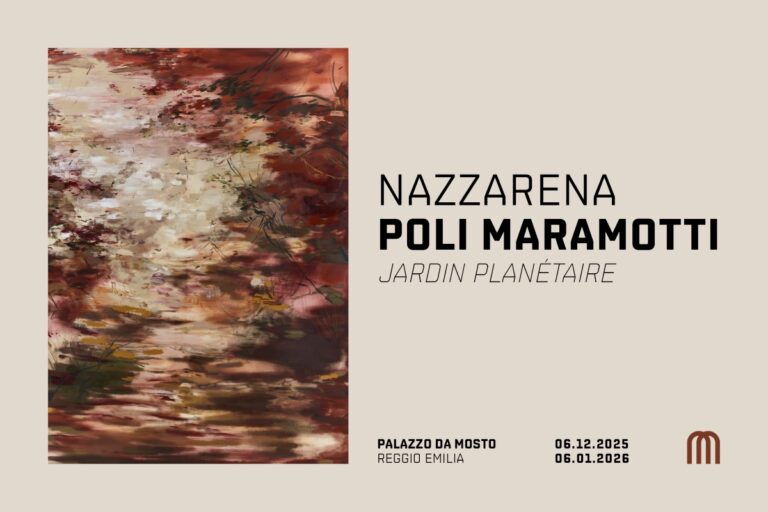Margaret Bourke-White
L’opera 1930-1960
a cura di Monica Poggi
in collaborazione con CAMERA – Centro Italiano per la Fotografia
Chiostri di San Pietro, 25 ottobre 2025 – 8 febbraio 2026
- Giovedì e venerdì: 10-13 e 15-19
- Sabato, domenica e festivi: 10-19
- APERTURE STRAORDINARIE
- 24 Novembre (Santo Patrono), 8 Dicembre: 10-19
- dal 26 al 30 Dicembre e dal 2 al 6 Gennaio: 10-19
- 1 Gennaio: 15-19
- CHIUSO il 25 e 31 Dicembre
- Ultimo ingresso mezz'ora prima dell'orario di chiusura
“Trovare qualcosa di nuovo, qualcosa che nessuno avrebbe potuto immaginare prima, qualcosa che solo tu puoi trovare perché, oltre ad essere fotografo, sei un essere umano un po' speciale, capace di guardare in profondità dove altri tirerebbero dritto.”
Margaret Bourke-White
Attraverso circa 120 fotografie, la mostra racconta il lavoro, la vita straordinaria e l’altissima qualità degli scatti di Margaret Bourke-White, capaci di raccontare la complessa esperienza umana sulle pagine di riviste a grande diffusione, superando con determinazione barriere e confini di genere.
Le trasformazioni del mondo, cuore della ricerca di Bourke-White, trovano posto sulla copertina del primo numero della leggendaria rivista LIFE, si leggono nei suoi iconici ritratti a Stalin e a Gandhi, nei reportage sull’industria americana, nei servizi realizzati durante la Seconda guerra mondiale in Unione Sovietica, Nord Africa, Italia e Germania, dove documenta l’entrata delle truppe statunitensi a Berlino e gli orrori dei campi di concentramento.
Costretta ad abbandonare la fotografia a causa del morbo di Parkinson, dal 1957 Bourke-White si dedicherà alla sua autobiografia, Portrait of Myself, pubblicata nel 1963. Morirà nel 1971 a causa delle complicazioni della malattia.
Suddivisa in 6 sezioni tematiche, l’esposizione ripercorre, oltre alle tappe salienti della carriera di Margaret Bourke-White, anche la profonda umanità e l’incredibile forza del suo carattere. Donna libera e anticonformista, Bourke-White seppe imporsi in un mondo dominato dagli uomini, diventando negli anni Trenta una delle figure femminili più celebri d’America. Con uno sguardo capace di passare dall’imponenza industriale alla vulnerabilità dell’essere umano, l’artista ha saputo coniugare sensibilità artistica e coraggio civile, lasciando un segno profondo nella storia della fotografia del Novecento.
Durante il periodo di mostra, con un programma di incontri con i più importanti specialisti del settore, sarà approfondito il cosiddetto Secolo americano, insieme di caratteri storici, culturali, ideologici, economici e sociologici che hanno segnato il secolo trascorso e ancora incidono profondamente nella cultura e nelle vicende del presente.
Biglietti
Acquistabili online e in biglietteria ai Chiostri di San Pietro
Ridotto: over 65, persone con disabilità, possessori biglietto mostre Fondazione Palazzo Magnani, gruppi composti da almeno 10 persone, Amici dei Teatri, Amici della Fondazione Arnaldo Pomodoro, Card Cultura Bologna, YoungER card, tessera FAI, soci Touring Club Italiano, tessera FIAF, biglietto Frecciarossa/Frecciargento/Frecciabianca aventi come destinazione e/o origine Parma, Piacenza, Reggio Emilia e Reggio Emilia AV, Community Card NaturaSì, Carta Benessere delle Farmacie Comunali Riunite, dipendenti FCR, dipendenti Emak (compresi nel gruppo Tecomec, Comet e Sabart), iscritti Ordine Architetti Reggio Emilia, dipendenti gruppo Max Mara, iscritti Ordine delle Professioni Infermieristiche
Studenti universitari: studenti dai 19 ai 26 anni muniti di tesserino universitario
Biglietti famiglia
1 adulto + 1 ragazzo (6-18 anni) 14 €
1 adulto + 2 ragazzi (6-18 anni) 18 €
2 adulti + 1 ragazzo (6-18 anni) 24 €
2 adulti + 2 ragazzi (6-18 anni) 28 €
2 adulti + 3 ragazzi (6-18 anni) 32 €
Gratuito: Amici della Fondazione Palazzo Magnani, bambini di età inferiore ai 6 anni, accompagnatori di persone con disabilità, giornalisti iscritti all’albo con tessera di riconoscimento, soci della Collezione Peggy Guggenheim, Amici di Palazzo Strozzi, Amici di Camera, soci ICOM
sponsor tecnici![]()



